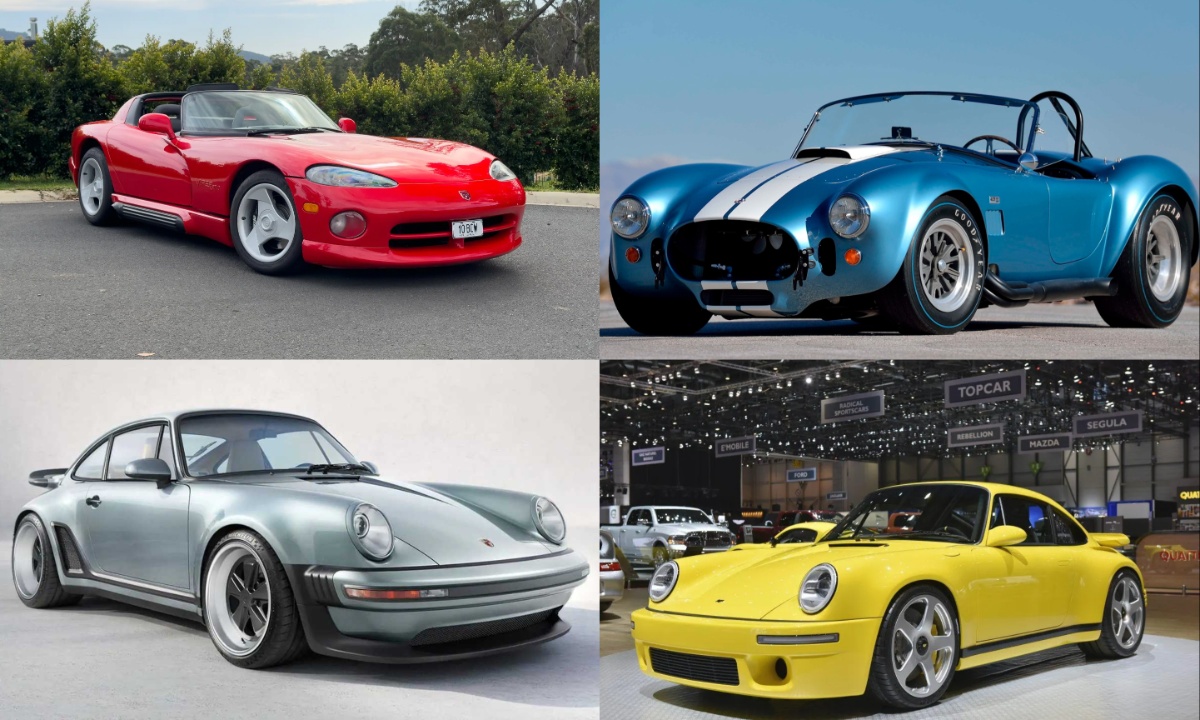15. Noble M600
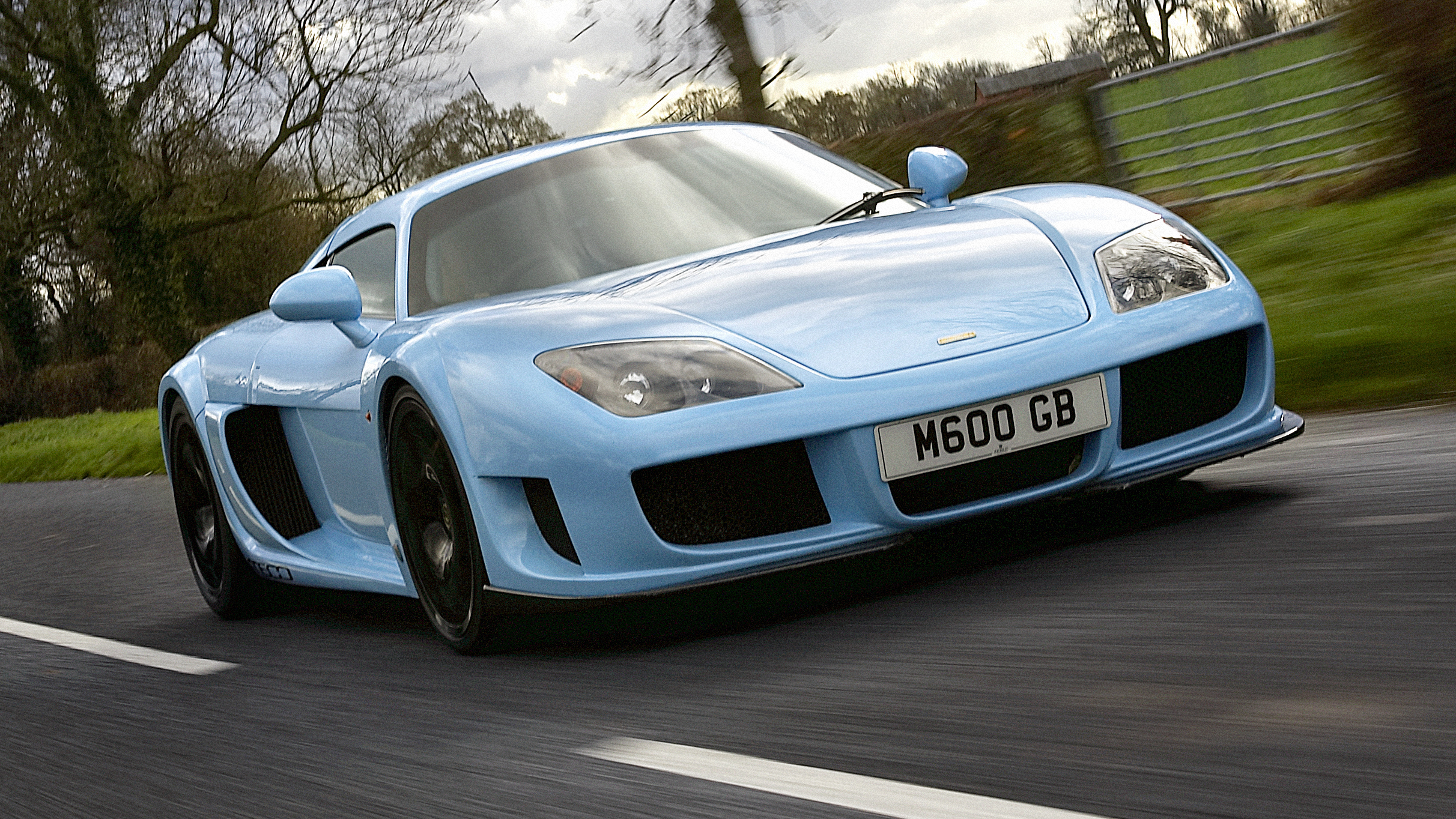
14. 2016 Ford Mustang GT
No analysis of uncontrollable cars would be complete without mentioning the Mustang. Many amateur drivers have learned the hard way about traction loss behind the wheel of an old Mustang, and the newer models are no different. With a tendency to spin out suddenly—especially when traction control is off or the clutch isn’t handled carefully—this muscle car remains a handful for the unprepared.
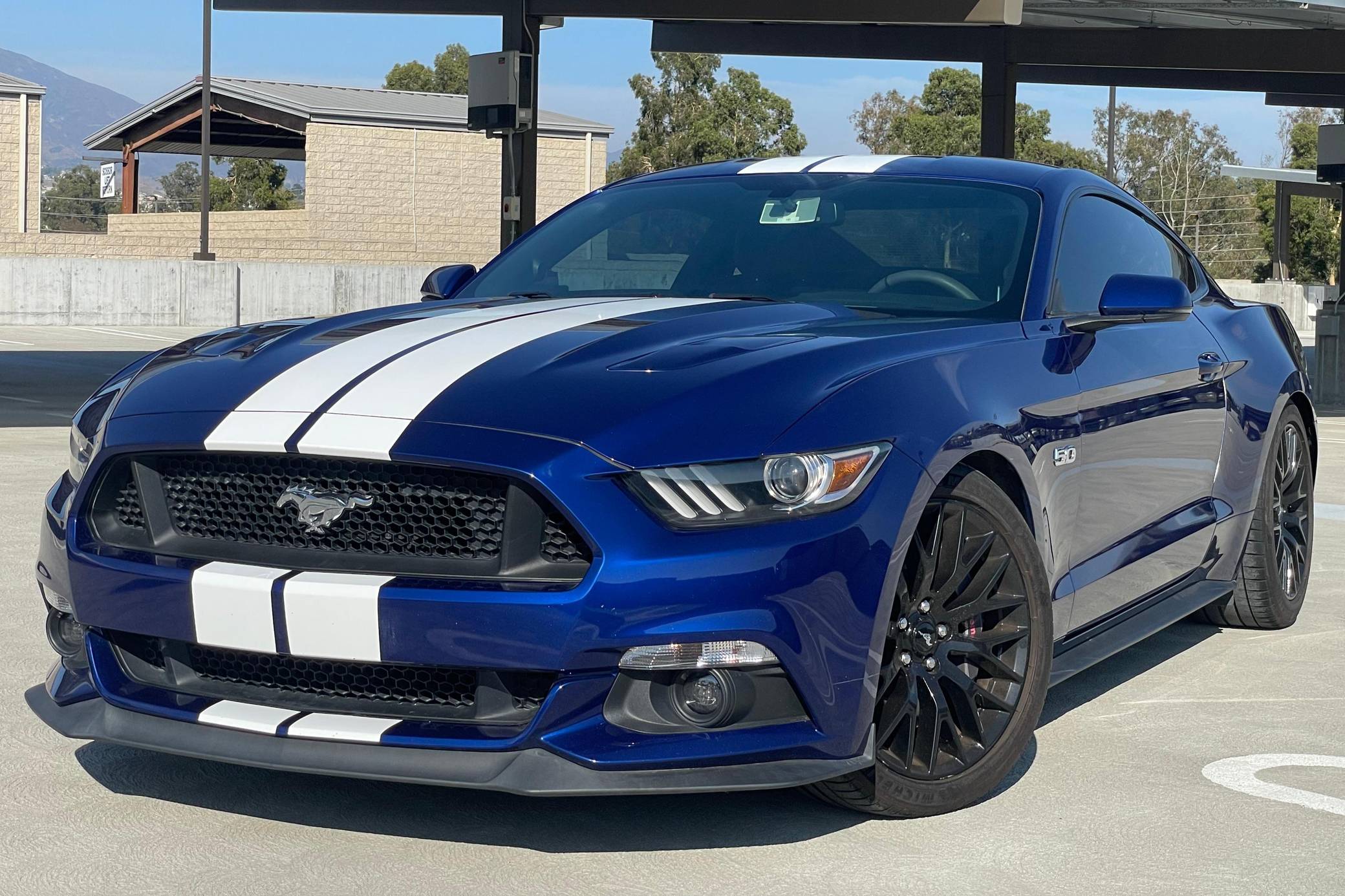
13. 2016 Cadillac CTS-V
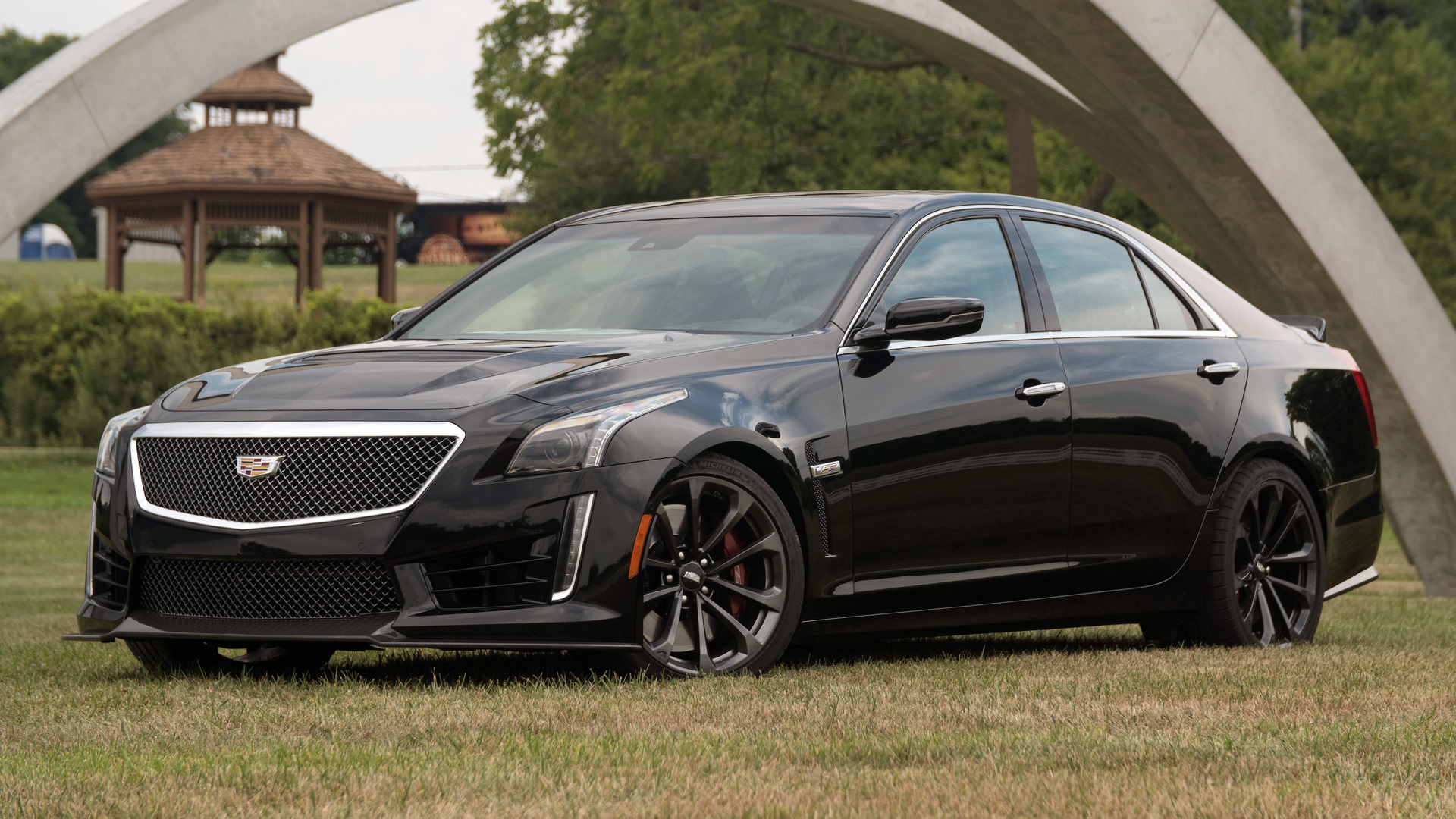
12. Vector M12
The Vector Aeromotive M12 stands as a rare gem among classic supercars. For those unfamiliar, it’s essentially a reworked Lamborghini Diablo with modifications like a repositioned gearbox. However, despite its striking design, the M12 was met with criticism upon release for its sluggish performance.
Road & Track described it as a massive machine that, while easy to toss around, demanded serious effort just to navigate through corners. Still, if nothing else, it certainly has an eye-catching presence.
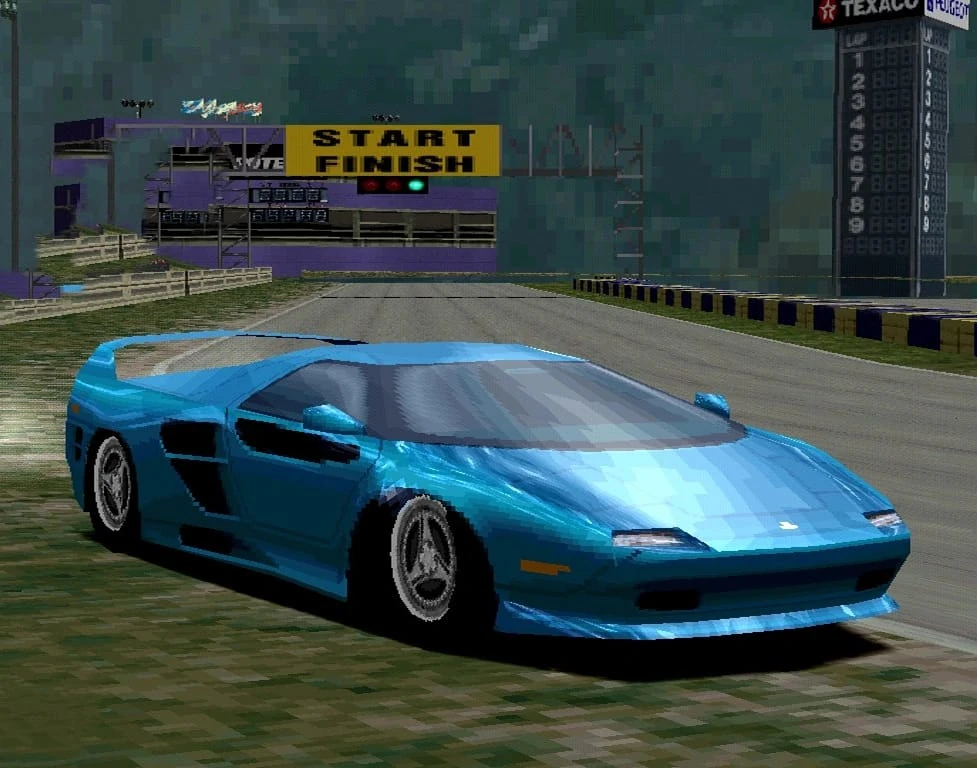
11. Lotus Evora
Lotus has faced significant challenges in recent years, a fact well-documented in the automotive world. Despite financial backing from external sources, the brand still struggles to produce truly competitive sports cars, with the Evora being a prime example.
While it may have the signature Lotus aesthetics, its performance falls short—delivering neither impressive lap times nor the sharp handling expected from the marque.
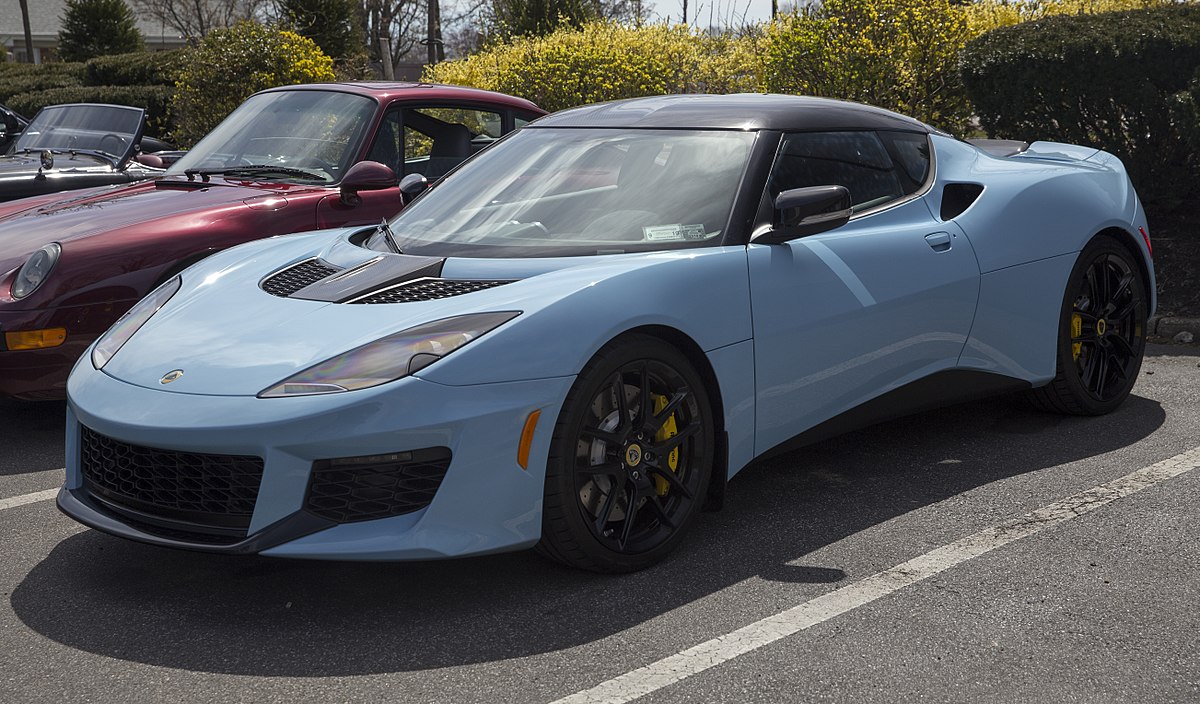
10. Ferrari 348 TS
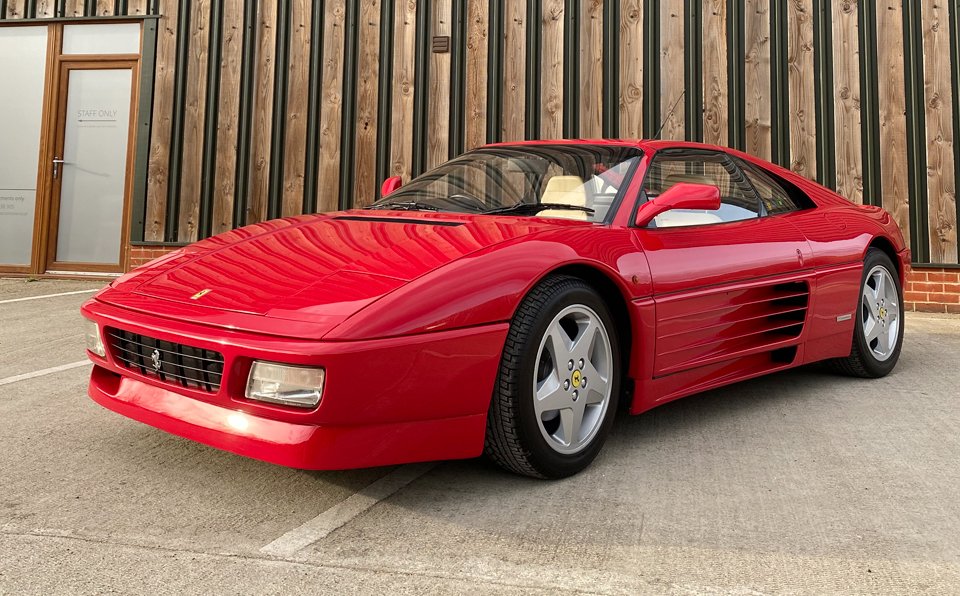
9. Lamborghini Countach LP400
The Lamborghini Countach LP400, a dream car for millions and a staple of bedroom wall posters, is undeniably iconic in design. Its striking looks have aged well, but its drivability is another story. Anyone taller than 5’7″ will find the cramped interior uncomfortable, and the ’80s-era “form over function” approach hasn’t stood the test of time.
Despite its legendary status, the Countach falls short in performance. Its aerodynamics, handling, and reliability serve as constant reminders that it hails from an era before modern computer-assisted driving aids, making it far less forgiving than today’s supercars.
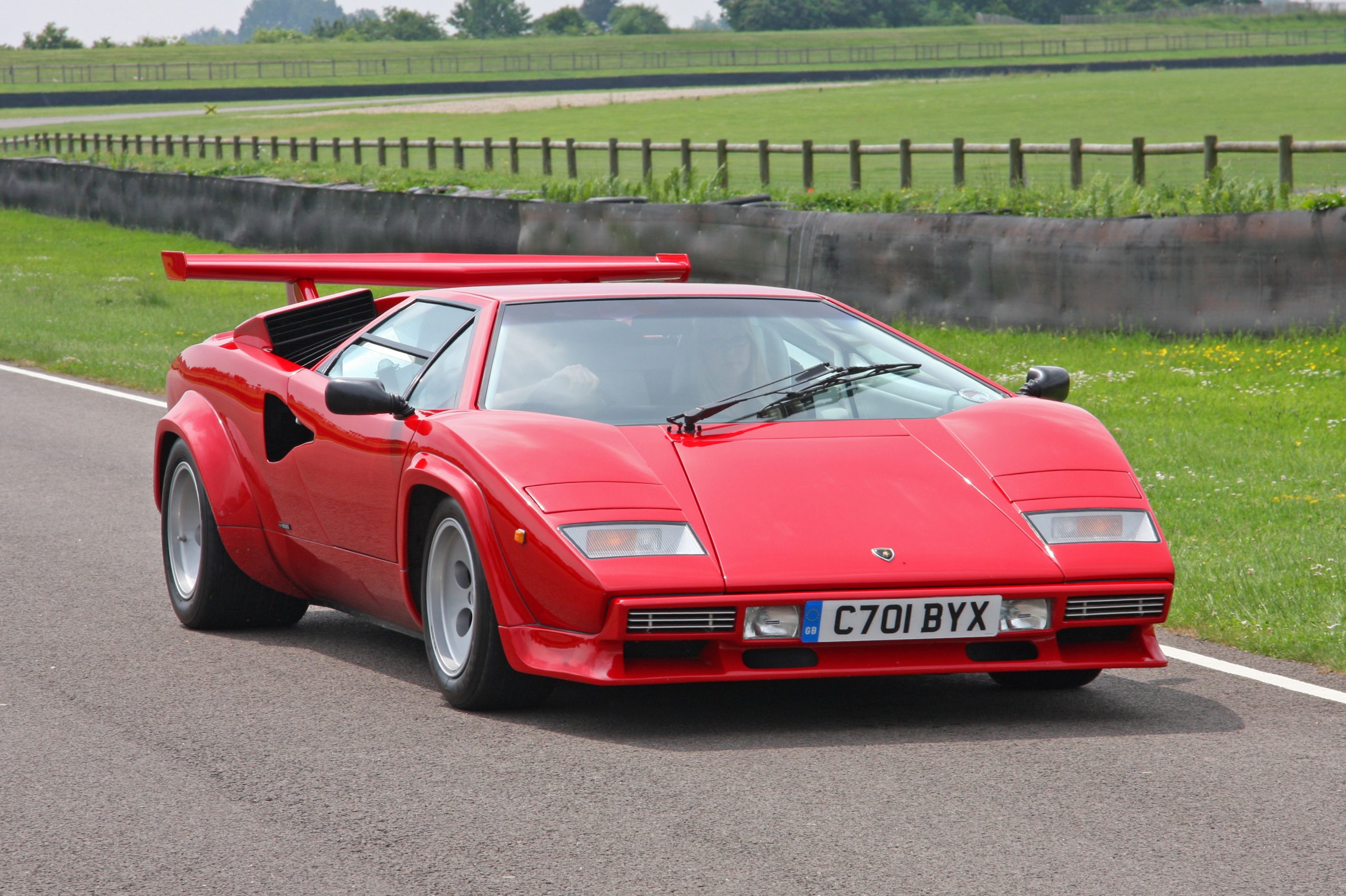
8. Shelby 427 A/C Cobra
Racing in the past was a raw and unforgiving sport, vastly different from today’s high-tech, safety-conscious approach. Drivers would slide aggressively through corners, brush against competitors, and push their machines to the limit without much regard for safety. Aerodynamics and driver protection were afterthoughts, making many cars of that era treacherous to handle.
Carroll Shelby’s A/C Cobra embodied this old-school danger. Its massive engine created an imbalance in weight distribution, demanding precision and skill from the driver. Without the right expertise, controlling the Cobra’s power was a daunting task, turning every race into a test of sheer ability.
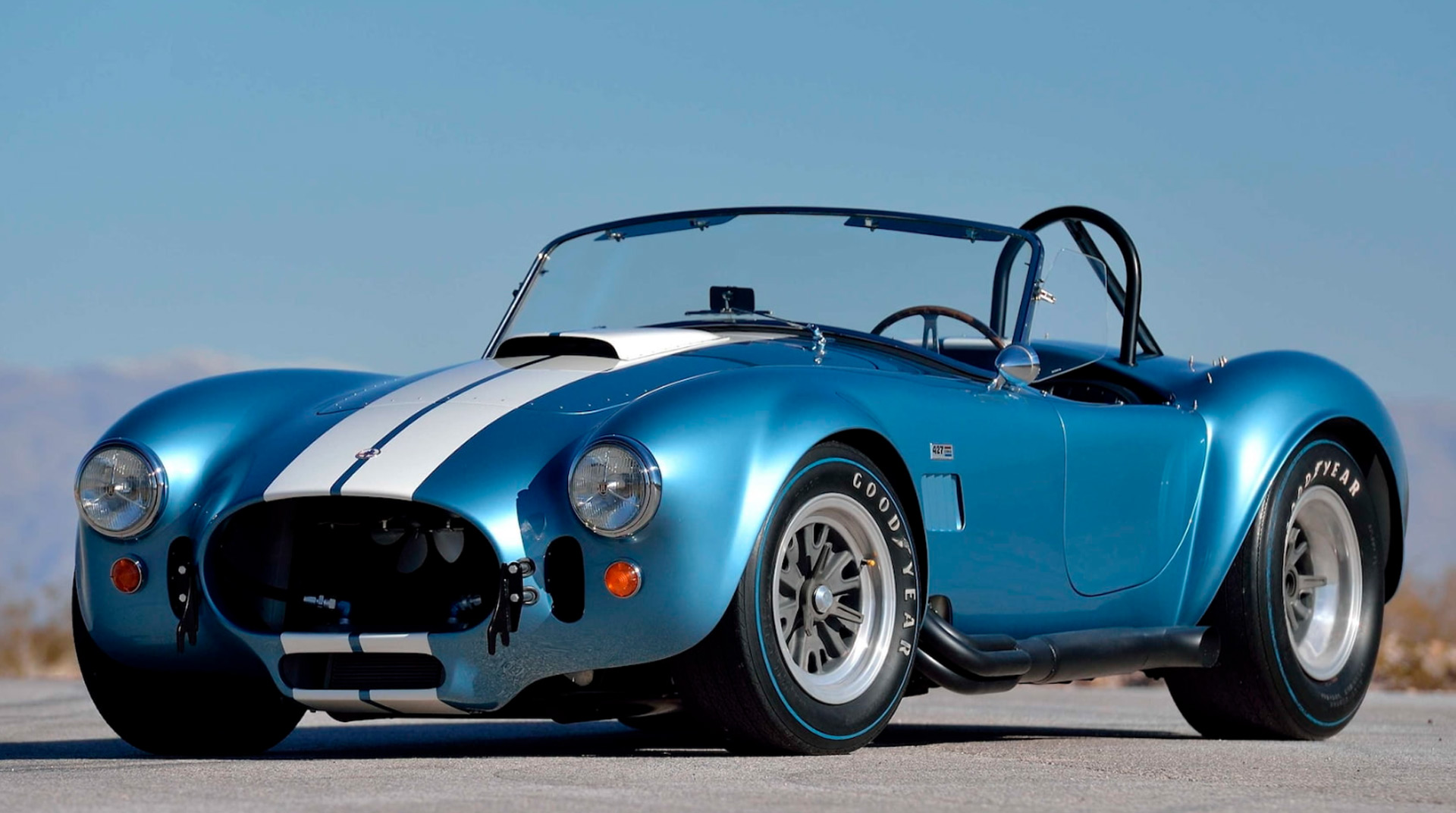
7. DeLorean DMC-12
The DeLorean’s place in history is largely thanks to Hollywood, which turned it into a cultural icon. However, the hype surrounding the car often overshadows its actual performance. Reaching 88 mph? That’s a joke—getting it to 70 mph is a challenge on its own. And once you do, the handling feels eerily similar to Grand Theft Auto IV, where every car seemed to glide on ice rather than grip the road.
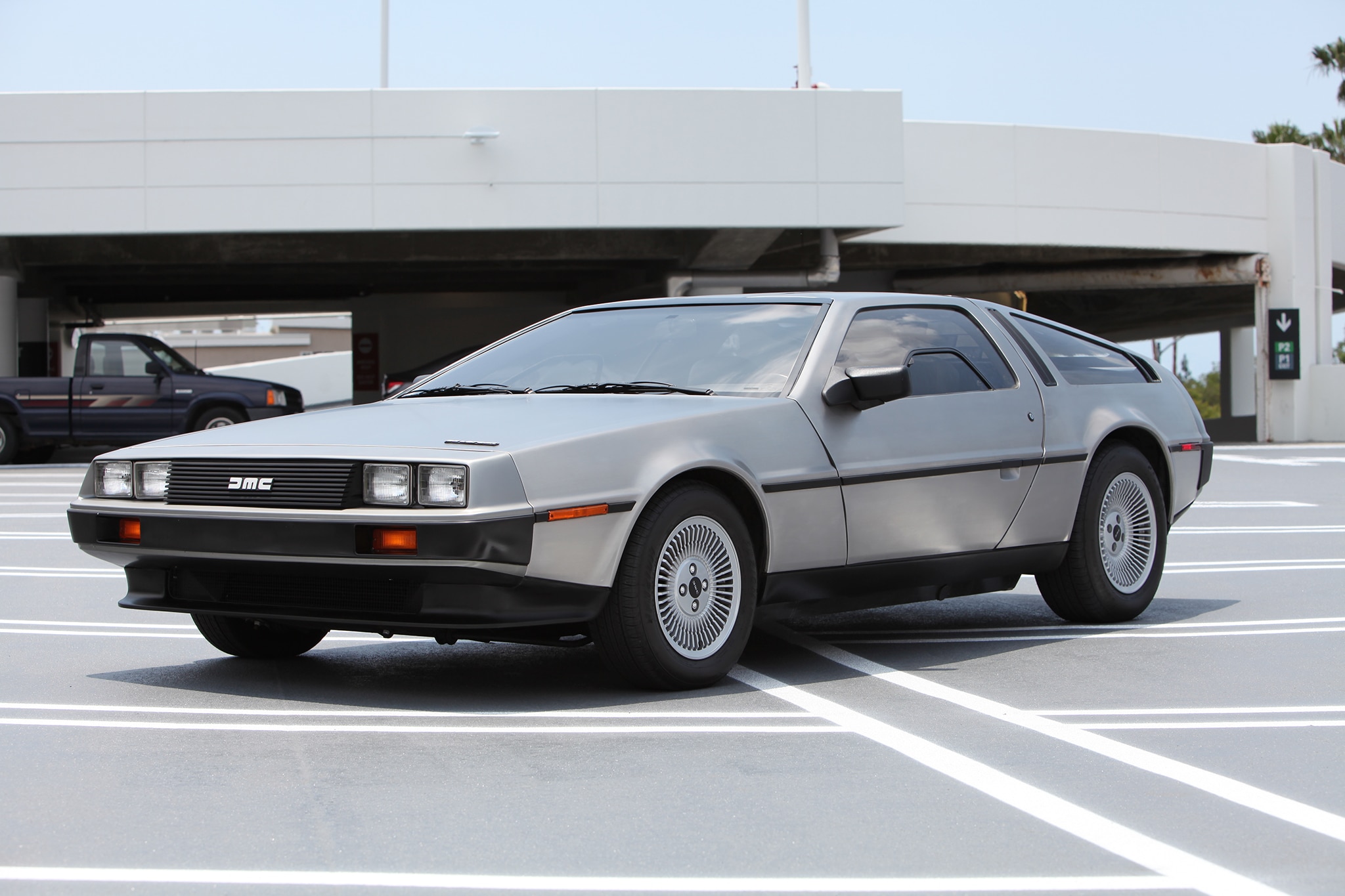
Also Read: Top 10 Sports Cars That Offer Incredible Speed and Performance
6. RUF CTR ‘Yellowbird’
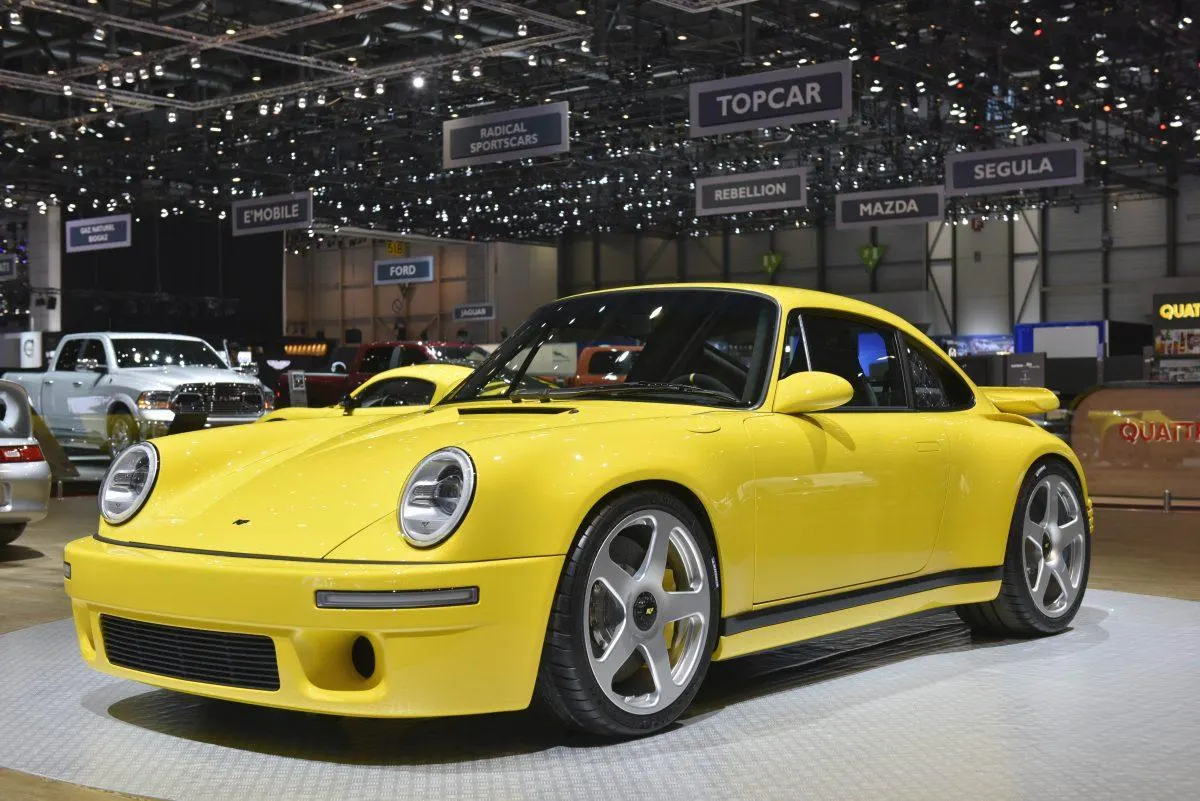
5. Dodge Challenger Demon
This one speaks for itself—taking an already sluggish sports car and cranking it up to 800+ horsepower leads to predictable results: endless wheelspin, burnouts, donuts, and straight-line speed, but not many track records. As the stereotype goes, muscle cars struggle with cornering, especially when they weigh two tons and pack enough power to rival a Lamborghini Aventador.
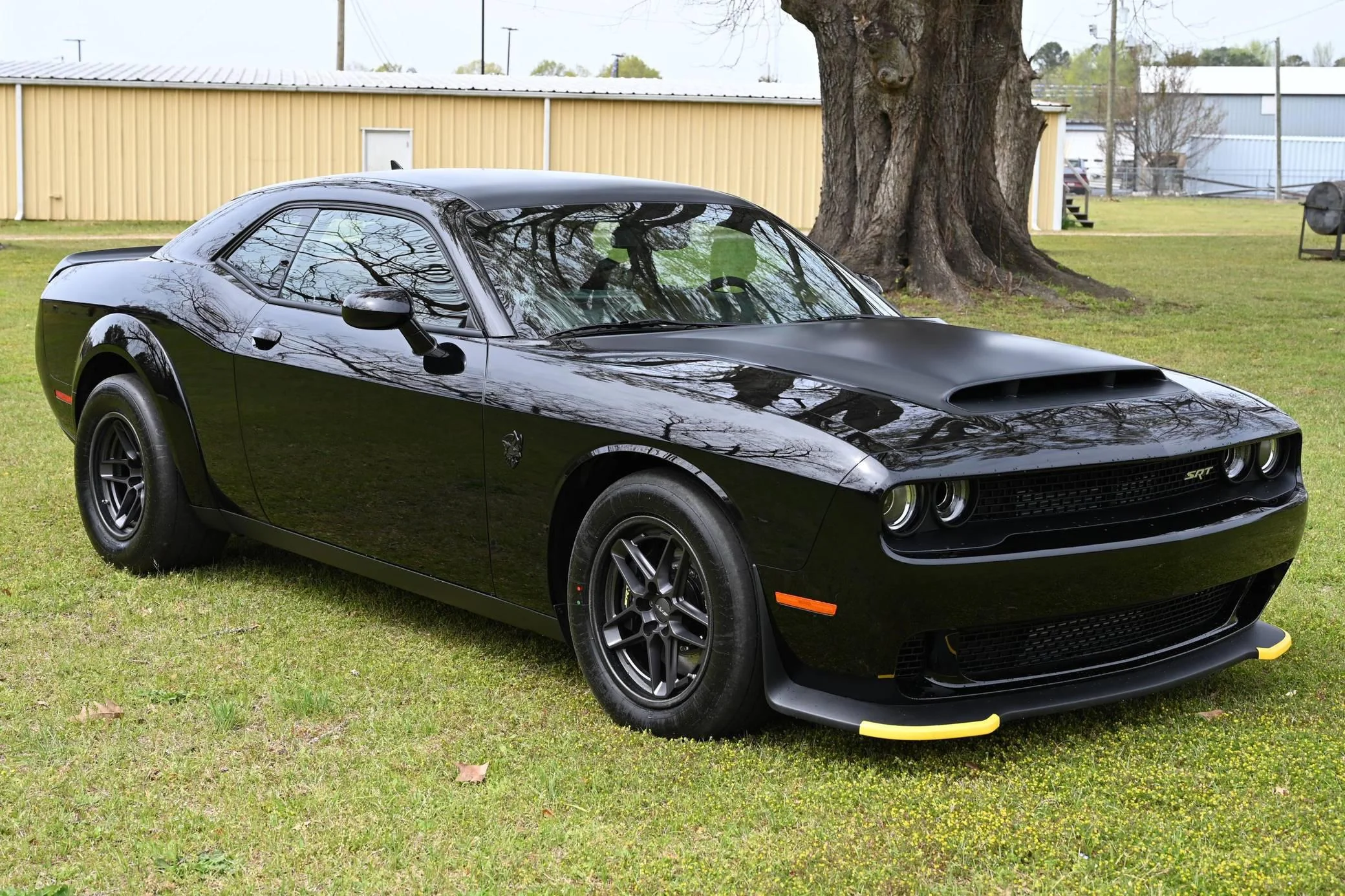
4. Dodge Viper (Gen. 1)
The first-generation Dodge Viper earns its place as an early contender for the “widow-maker” title. Stuffing a massive V10 into an already front-heavy chassis might sound exciting—and it is—but it makes for an unpredictable track experience.
While the car certainly delivers speed, it lacks the necessary grip to handle it effectively. More than anything, mastering the Viper demands precise throttle control to keep it in check through corners and obstacles.
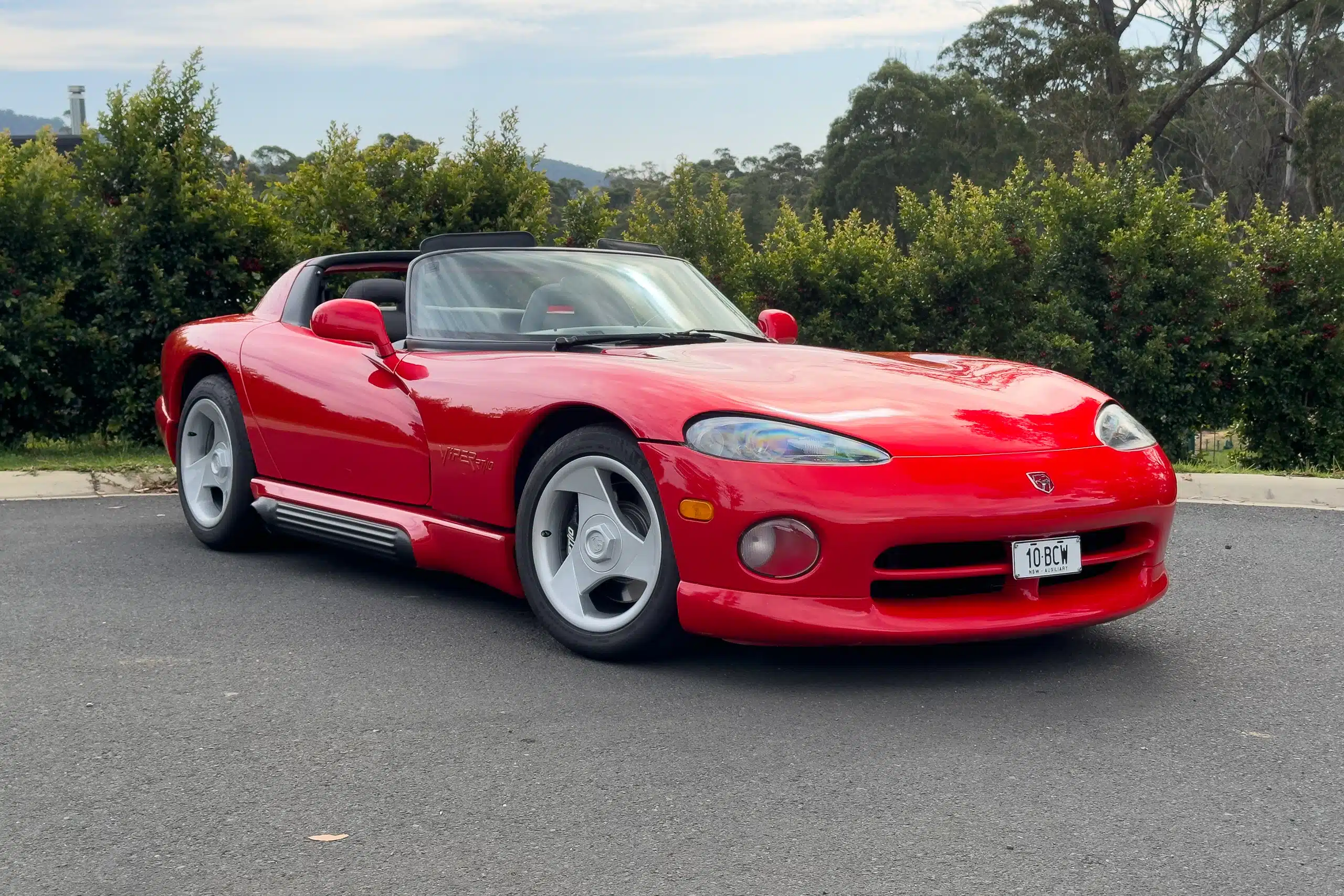
3. Porsche 911 Turbo (930)
Among the most notorious “widow-makers” in automotive history is the 930-body Porsche 911 Turbo. Built during an era when turbocharging technology was still in its infancy, the 930 suffered from significant turbo lag—delays in power delivery that could catch drivers off guard at the worst possible moments.
This unpredictability made the 930 Turbo especially dangerous. In some cases, the turbo would suddenly engage mid-corner, overwhelming the rear tires and causing the driver to lose control, often resulting in a crash.
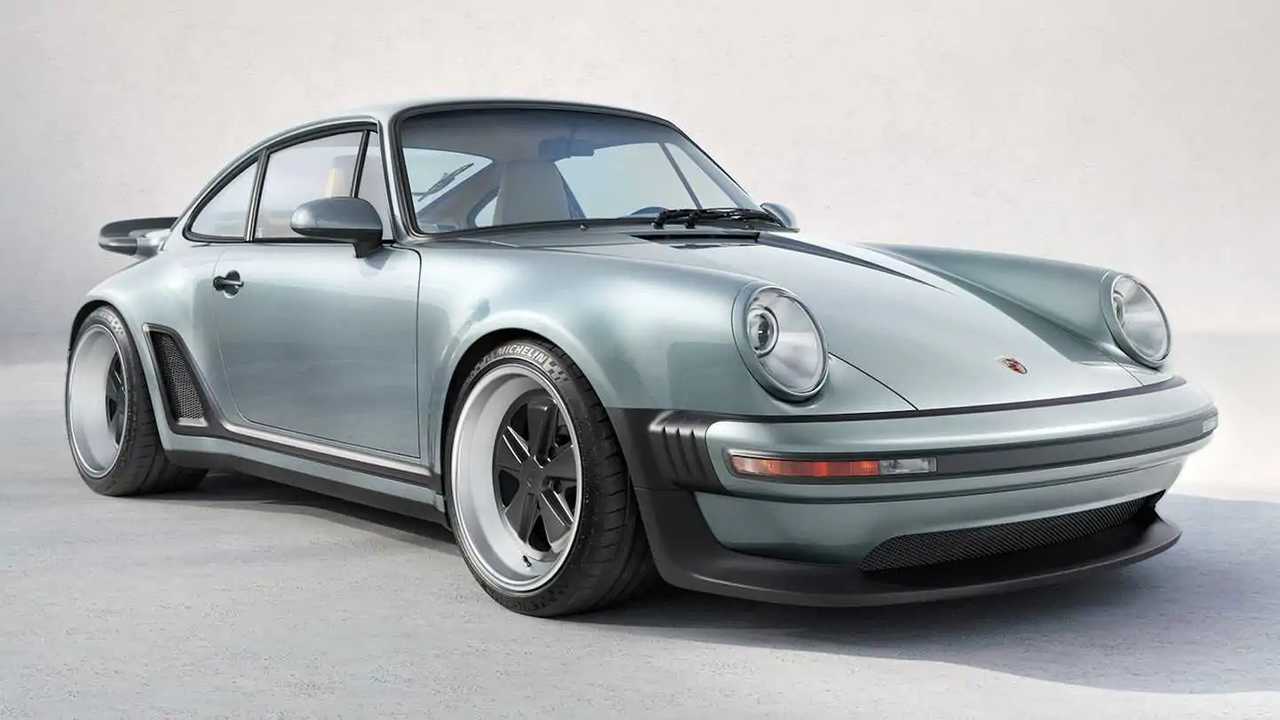
2. TVR Sagaris
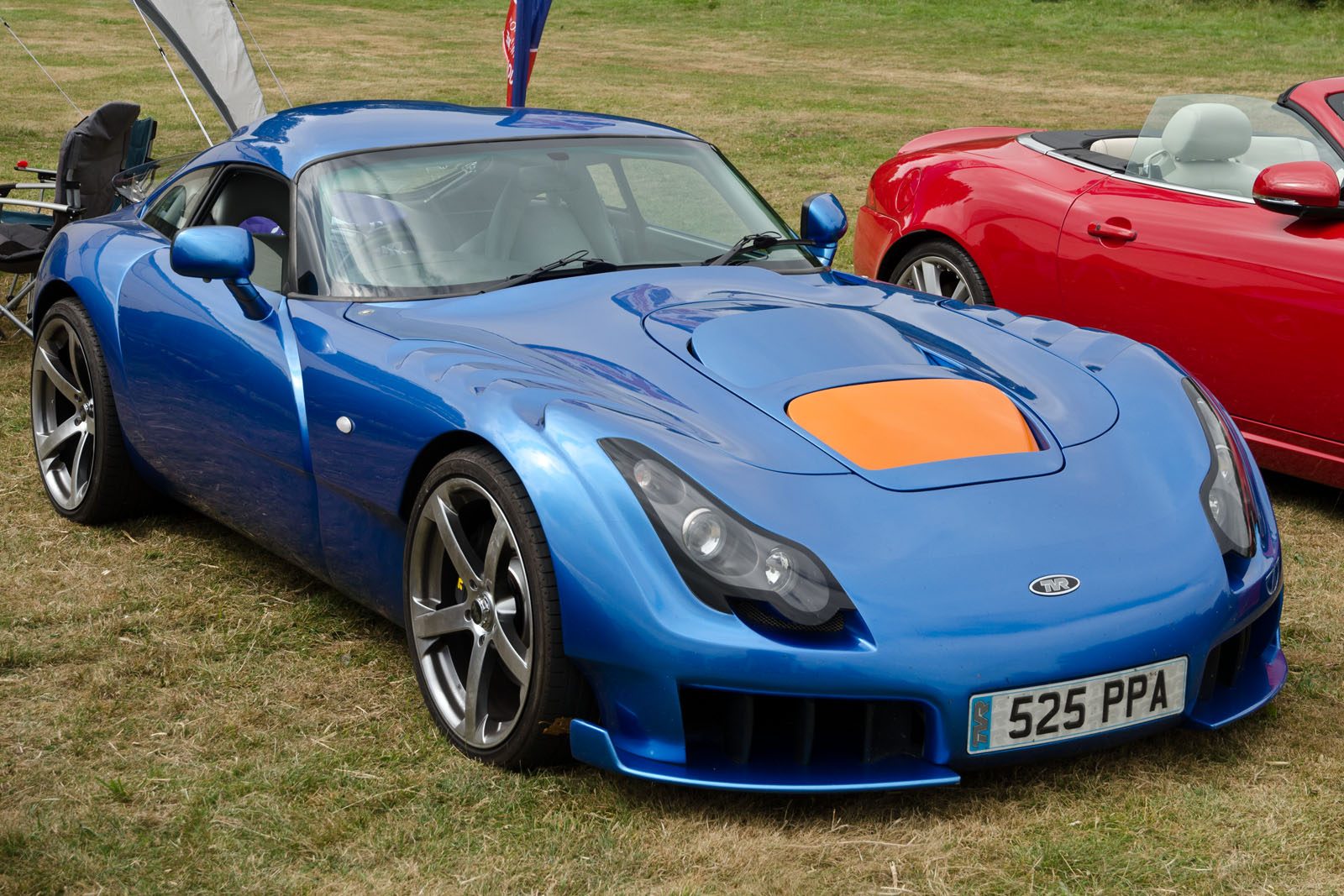
1. Toyota MR-2
In 1984, Toyota set out to create an affordable, Ferrari-inspired sports car, resulting in the W10 MR2—a compact, mid-engine vehicle designed to emulate the Ferrari 308. With its lightweight build and sharp handling, the MR2 proved to be both fun to drive and visually striking, especially with the right modifications.
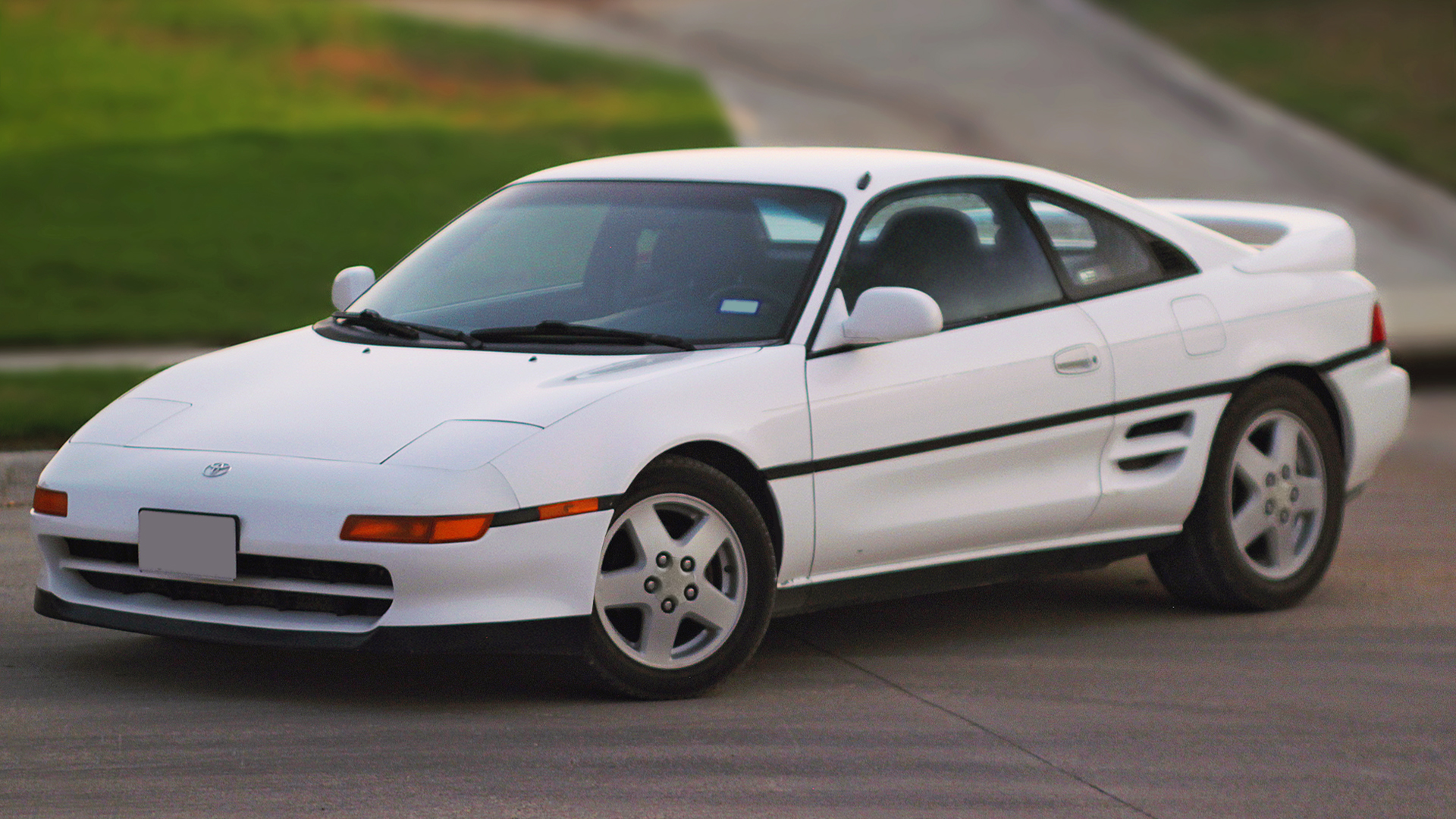
However, no amount of upgrades can eliminate the MR2’s infamous “snap-oversteer.” Due to its mid-engine layout, weight distribution, and power delivery, the car has a tendency to slide unexpectedly, catching drivers off guard. While the concept of a mid-engine setup is exciting, executing it properly is a challenge, making the MR2 both thrilling and unpredictable on the road.
While high horsepower and striking designs make these cars appealing, raw power alone isn’t enough to create a truly great driving machine.
As this list proves, even the most iconic sports cars and supercars can be challenging to handle, with unpredictable performance and tricky driving dynamics that demand skill and experience. Whether due to turbo lag, poor weight distribution, or a lack of modern driving aids, these vehicles push their drivers to the limit—sometimes for better, but often for worse.
That said, these cars still hold a special place in automotive history. Their quirks and flaws make them unique, earning them devoted followings despite their shortcomings.
Whether they’re known for their thrilling unpredictability or their sheer difficulty to control, each of these machines reminds us that driving isn’t just about speed—it’s about mastery. So, if you’re lucky enough to get behind the wheel of one of these beasts, just remember: power is nothing without control.
Also Read: 10 Best Performance Hatchbacks You Can Buy in 2025 for Speed, Style, and Practicality

